
We are delighted to announce that Bannockburn: Scotland's seminal battlefield rediscovered by GUARD Project Manager Warren Bailie and published in Current Archaeology earlier this year, has been nominated in the Research Project of the Year category in the 2016 Current Archaeology Awards!
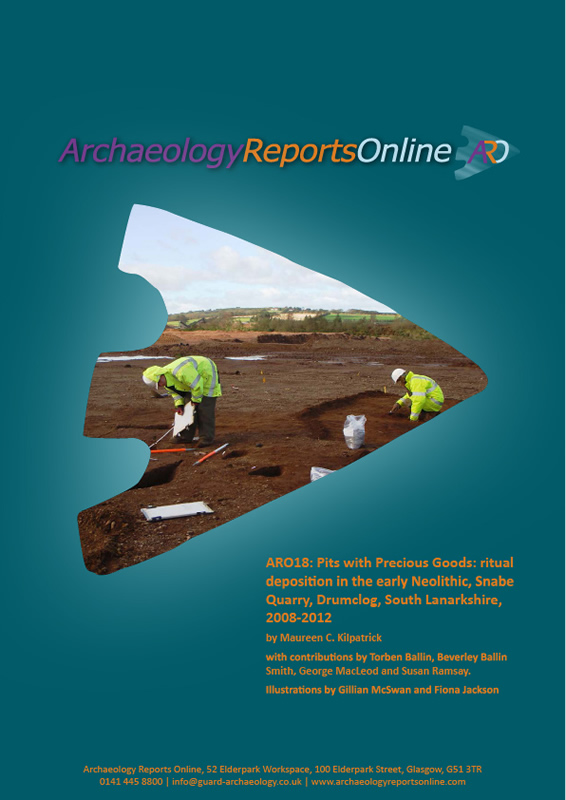
Archaeological excavations in advance of an extension to Snabe Quarry revealed pits and structures from the late Mesolithic (eighth millennium BC) until the early Neolithic (fourth millennium BC) when a concentration of activity coincided with the importation of pitchstone from the Isle of Arran and a polished stone axe fragment from Cumbria.
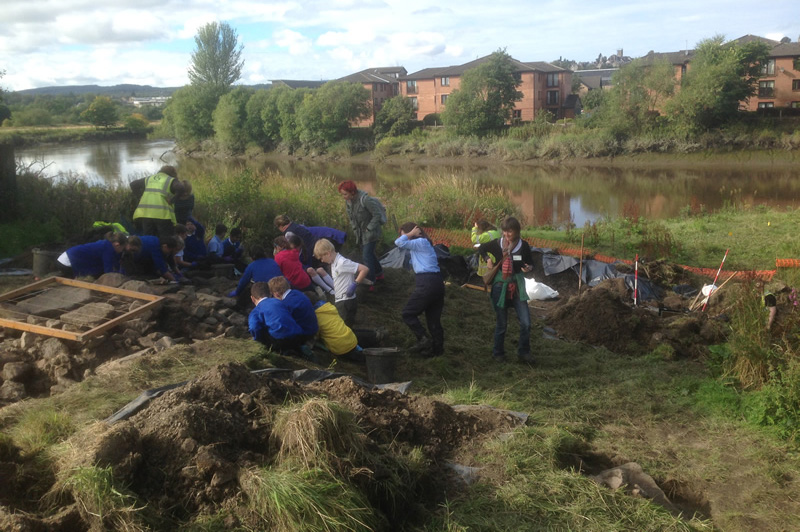
Over two weeks in September, the Cambuskenneth Harbours project brought together a wide range of experts and local volunteers to investigate the medieval harbour of Cambuskenneth Abbey, which lies on the River Forth near Stirling. Founded by David I in around 1140, Cambuskenneth Abbey had a strong influence on the development of medieval Stirling.

Come and discover more about Paisley Abbey as GUARD Archaeology's research continues and Paisley's fascinating story unfolds. Led by GUARD Archaeologist, Bob Will, a team of local volunteers will be seeking to uncover more secrets about Paisley's historic past.
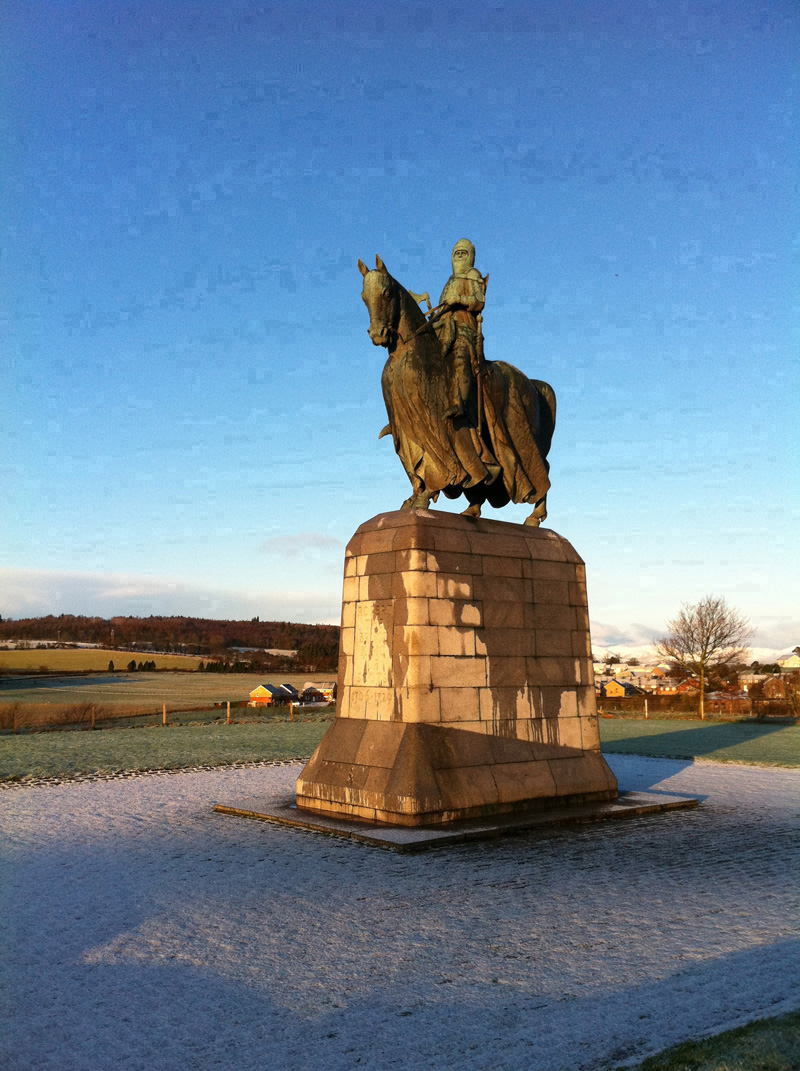
Bannockburn is the most iconic battle of Scottish history and was the key battle in the Scottish Wars of Independence. Fought over two days, the 23 and 24 of June 1314, the battle was a resounding victory for Robert I's army over a much larger force led by Edward II of England.

Analysis of finds from the archaeological excavation carried out at Tigh Caol in Argyll last year by GUARD Archaeology Ltd have revealed startling new evidence for medieval travel and the impact of market forces and central government in the Scottish Highlands.
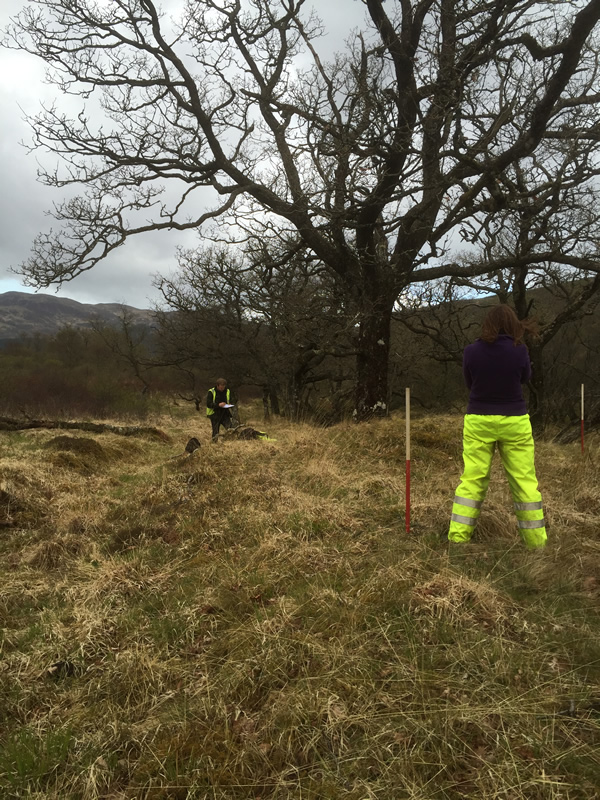
GUARD Archaeology and Forestry Commission Scotland are seeking volunteers to take part in a new project based on the shores of Loch Eck in Argyll during the Spring and Summer of 2015 and over the Winter months into 2016.
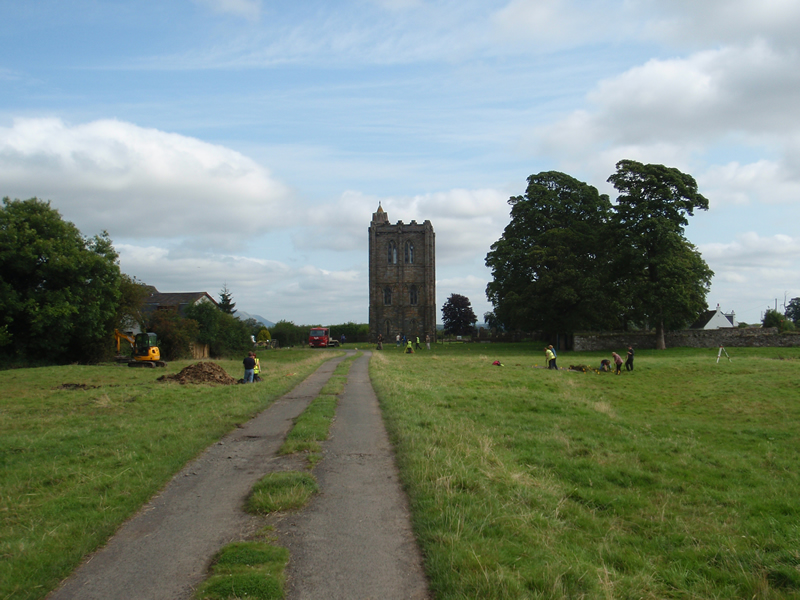
GUARD Archaeology are pleased to report that we have been commissioned as part of the Inner Forth Landscape Initiative (IFLI) and on behalf of Stirling Council to go back and investigate the medieval harbours, piers and fording points around Cambuskenneth Abbey in September 2015.
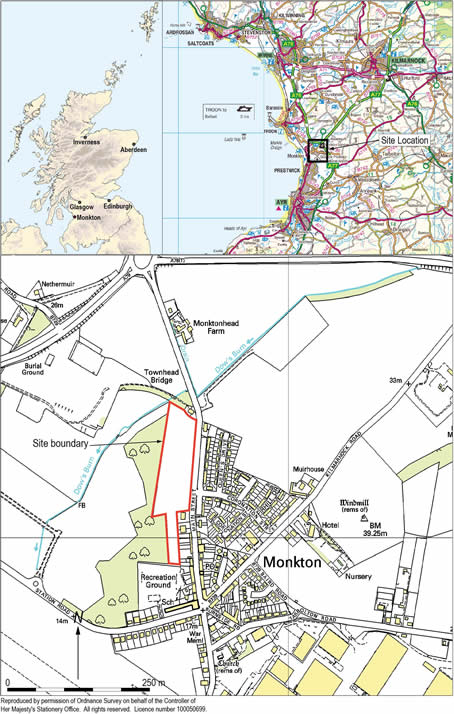
Post-excavation analysis, led by Christine Rennie, of the results of a GUARD Archaeology excavation carried out in 2011 in advance of a housing development in Monkton in Ayrshire, has revealed evidence of intermittent human occupation of this landscape from the Mesolithic through the Neolithic, Bronze Age and Iron Age, right up into the medieval and post-medieval periods.